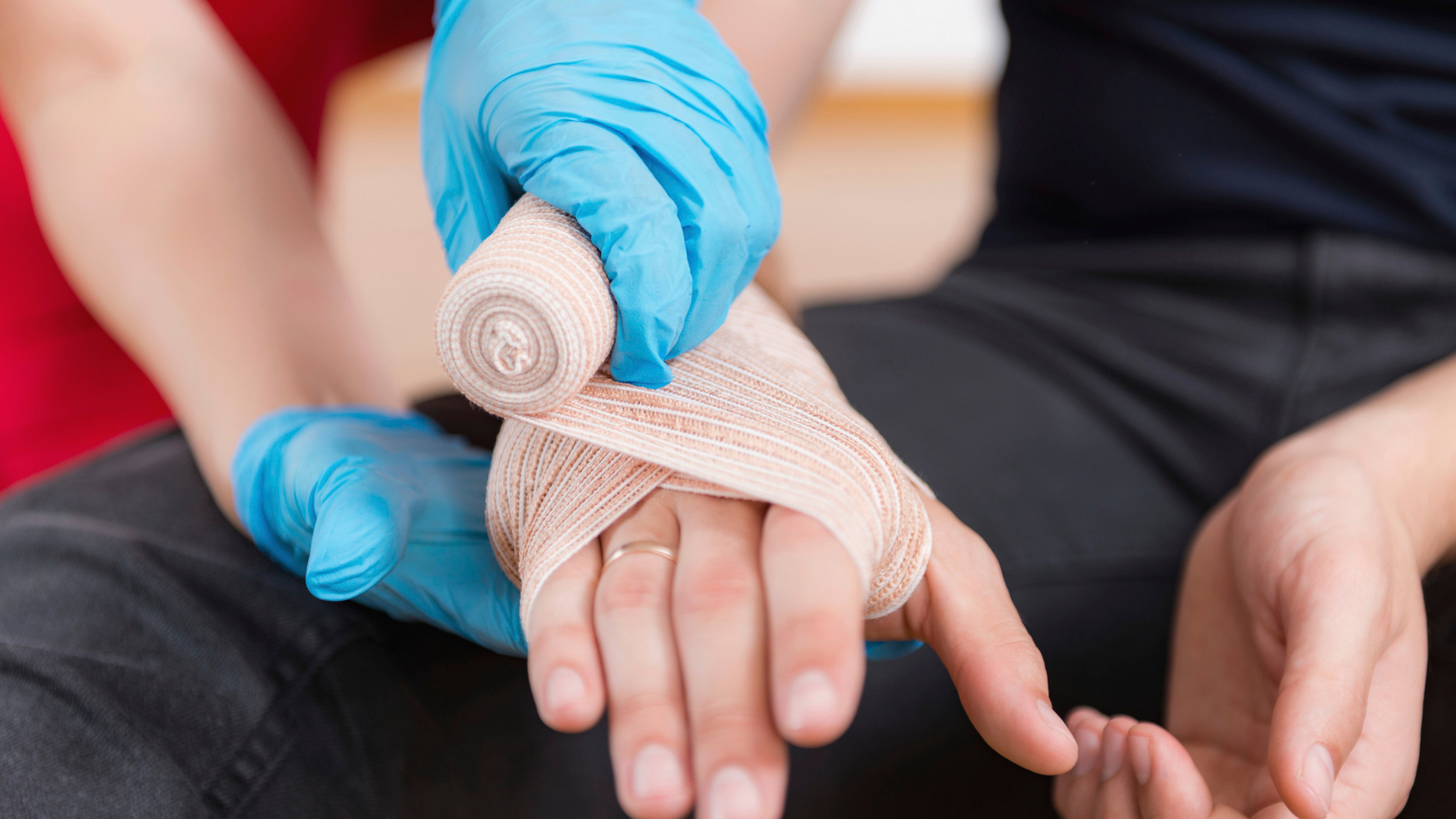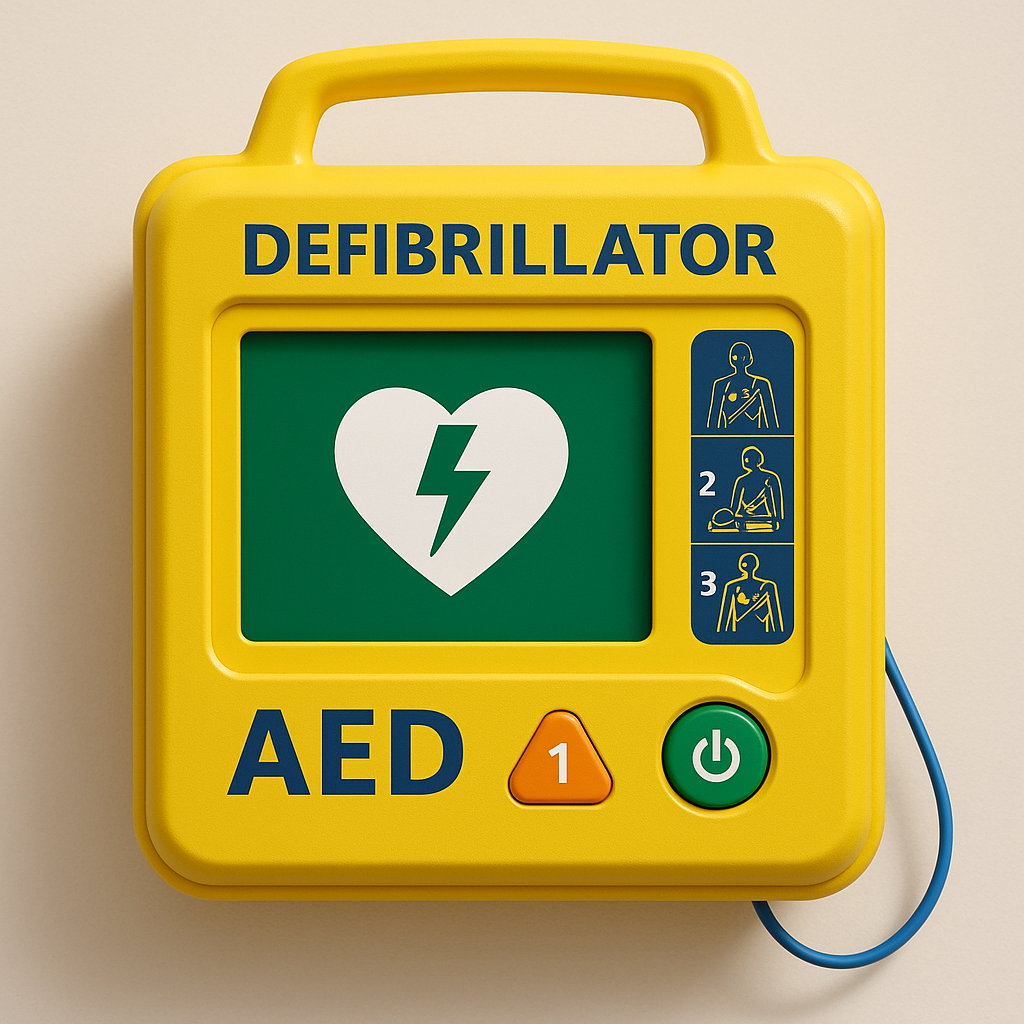Top 5 First Aid Mistakes People Make at Work (and How to Avoid Them)

Imagine this: a colleague trips over a loose cable, falls hard, and groans in pain. In a rush to help, someone drags them to a chair. Seems helpful, right? Unfortunately, it's one of the most common workplace first aid mistakes — and it could make things worse.
In high-stress moments, good intentions often lead to poor decisions. Would you know what not to do in a workplace emergency? Here are the top 5 first aid mistakes made on the job — and how to avoid them.
1. Moving Injured Persons Without Proper Assessment
Mistake: Moving someone after a fall or suspected spinal injury can exacerbate their condition.
Why It’s Dangerous: If a person has a neck, back, or head injury, moving them without support could lead to permanent damage, including paralysis.
What to Do Instead: Follow the DRSABCD action plan (Danger, Response, Send for Help, Airway, Breathing, CPR, Defibrillation) before touching them. Only move them if the scene is unsafe or they’re in immediate danger (e.g., fire or electrical hazard). Stabilise their head and neck if you must move them.
2. Skipping the Use of Gloves or PPE
Mistake: Administering first aid without gloves or personal protective equipment (PPE).
Why It’s Dangerous: This increases the risk of cross-contamination and exposure to bloodborne pathogens.
What to Do Instead: Always use gloves, a face shield, or a resuscitation mask if available. A well-stocked first aid kit should include PPE. If it doesn’t — that’s a safety compliance issue.
3. Improper Use of a First Aid Kit
Mistake: Applying antiseptic creams, using expired supplies, or not knowing what’s in the kit.
Why It’s Dangerous: Some products (like ointments) can interfere with wound healing or mask infection. Expired items may be ineffective or unsafe.
What to Do Instead: Familiarise yourself with the workplace first aid kit and ensure it's regularly checked and restocked. Clean wounds with saline or clean water, and dress them with sterile materials.
4. Delaying Calling Emergency Services
Mistake: Assuming a situation isn’t serious or trying to handle it without calling Triple Zero (000).
Why It’s Dangerous: Delays in getting advanced care can reduce survival chances, especially in cases like heart attacks, strokes, or severe bleeding.
What to Do Instead: If in doubt, call 000. It’s better to overreact than underreact. The emergency operator can guide you through first aid while help is on the way.
5. Lack of First Aid Training
Mistake: Trying to "wing it" without proper first aid knowledge.
Why It’s Dangerous: Misinformation or panic can lead to harmful choices, like giving someone food during a diabetic episode or not recognising anaphylaxis.
What to Do Instead: Ensure designated first aiders are trained — and that everyone knows the basics. Encourage your team to complete accredited training with an Allens Training provider.
Empower Your Team, Save a Life
Workplace emergencies don’t come with a warning. But the right knowledge and response can make all the difference.
Don’t let these common mistakes put your team at risk. Stay informed. Stay prepared. And most importantly, stay trained.
👉 Ready to upskill? Find an Allens Training first aid course near you at www.allenstraining.com.au or www.findtraining.com.au
Sources: Allens Training First Aid Manual (2023), Safe Work Australia, Australian Resuscitation Council.
Share This Article:
Articles, Updates & Announcements
from Allen’s Training
Read More

Be the Key to Safer Pools: Professional Development for Licensed Pool Safety Inspectors
Continue Reading
How to Use an AED
Continue Reading
🌍 World First Aid Day – Would You Know What to Do in an Emergency?
You’re out shopping when someone collapses nearby. People freeze. A few gather. Time ticks by. Would you know what to do? On Saturday 13th September, we recognise World First Aid Day a global reminder that knowing first aid isn’t just a nice skill to have. It’s something that could save a life a friend’s, a stranger’s, or even your own. Emergencies don’t wait for professionals. In those first cruc...
Continue Reading